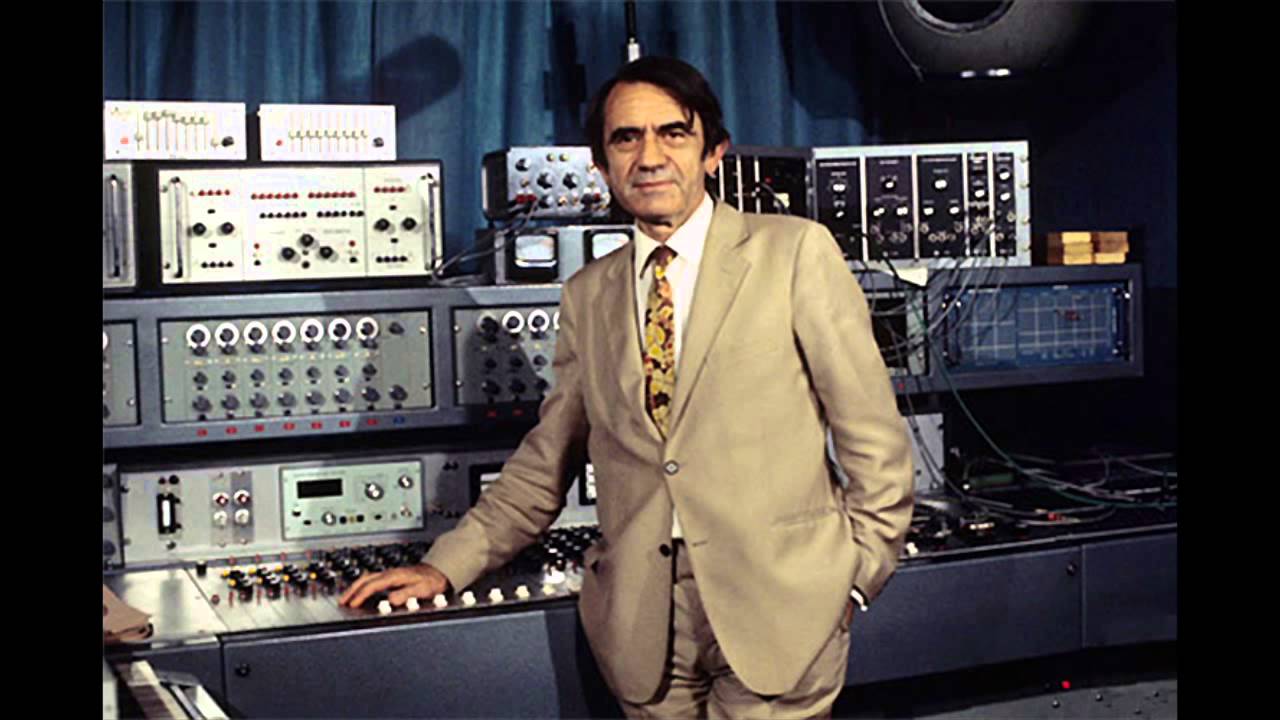Concrete Music: A Complete Exploration

Introduction
Musique concrète is a genre of electroacoustic music that uses recorded sounds as the source material for musical composition. This type of music is characterized by its innovative use of recording technology and its experimental approach to musical creation. The term "musique concrète" was coined by Pierre Schaeffer, a French engineer and composer, in the 1940s.
1. Origins and History of Concrete Music
1.1 The Roots of Concrete Music
Musique concrète has its roots in the technological innovations of the 20th century. With the advent of sound recording devices, composers began to explore new possibilities for musical creation. Initial experiments with phonographs and magnetic tapes paved the way for new forms of musical expression.
1.2 Pierre Schaeffer and the Invention of Concrete Music
Pierre Schaeffer is considered the father of musique concrète. In 1948, Schaeffer founded the Studio d'Essai at the French Radio, where he began to experiment with recorded sounds. His composition "Cinq études de bruits" (Five Studies of Noise) from 1948 is one of the first examples of musique concrète.
1.3 Development in the 1950s and 1960s
In the 1950s and 1960s, musique concrète spread throughout Europe and the world, thanks to the work of composers such as Pierre Henry, Karlheinz Stockhausen, and others. These composers further explored the possibilities offered by magnetic tape and new recording technologies.
2. Principles and Techniques of Concrete Music
2.1 Sound Recording and Manipulation
One of the fundamental aspects of musique concrète is the use of recorded sounds. Composers collect sounds from the real world, which can include ambient noises, human voices, natural sounds, and more. These sounds are then manipulated through various techniques.
2.2 Sound Editing and Collage
Montage is a key technique in musique concrète. Composers cut and paste fragments of recorded sounds to create new compositions. This process of sound collage allows for the creation of unique and innovative musical structures.
2.3 Magnetic Tape Processing
In the 1950s and 1960s, magnetic tape was the primary tool for manipulating sound. Composers could slow down, speed up, reverse, and edit recorded sounds. These techniques allowed for the exploration of new dimensions of sound.
3. Composers and Significant Works
3.1 Pierre Schaeffer
Pierre Schaeffer is a central figure in the history of musique concrète. In addition to "Cinq études de bruits", other significant works include "Symphonie pour un homme seul" (Symphony for a single man), composed together with Pierre Henry.
3.2 Pierre Henry
Pierre Henry was one of Schaeffer's main collaborators and a pioneer of musique concrète. His works, such as "Variations pour une porte et un soupir" (Variations for a Door and a Sigh), are emblematic examples of this musical genre.
3.3 Karlheinz Stockhausen
Karlheinz Stockhausen, a German composer, contributed significantly to musique concrète and electronic music. Works such as "Gesang der Jünglinge" (Song of the Young) combine electronic sounds and vocal recordings to create innovative compositions.